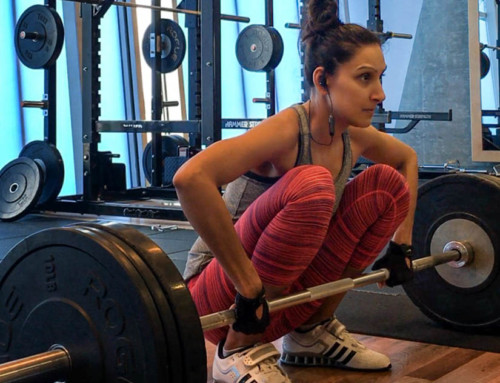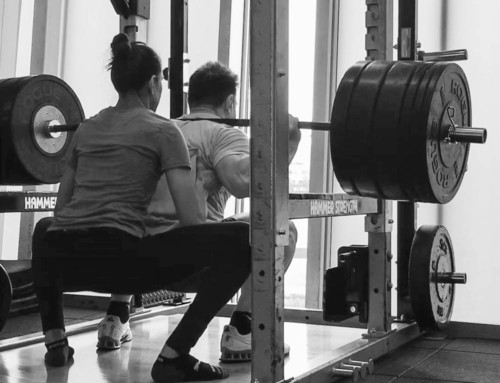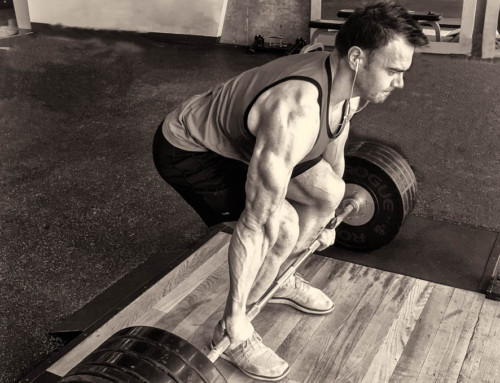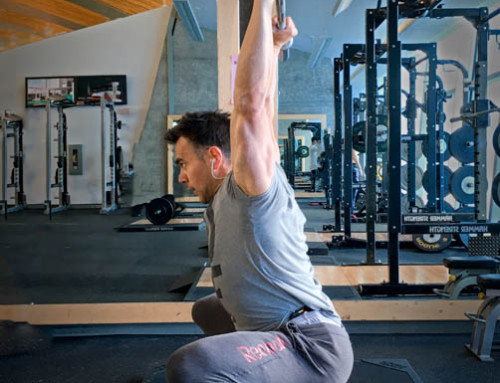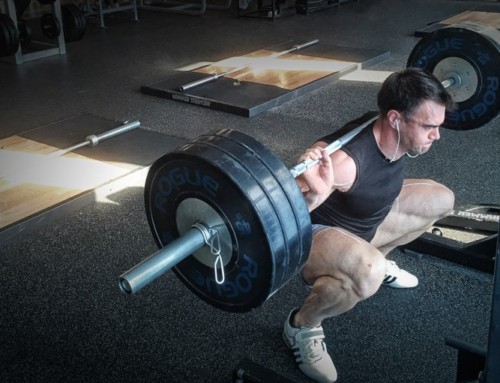Conversations about exercise technique often revolve around the movement patterns, what classifies one motion over another and the overall value of following such guidelines. Some movements are fairly straight forward often isolating one or two muscles at a time. Others are more compound, developing force over several joints and body planes. Due to some complex appearance, many people avoid compound type of exercises all together. This is due to the belief that involved technique for such movements are too complicated and possibly dangerous.
As homosapiens, we are programmed to save calories, and often come up with great reasons to avoid extra work. We blame the complexity of the specific exercise with higher injury risk, questioning its true value and the return on invested effort and time. We want many things, and we want them fast. This impatience leads to cutting technique corners that jeopardize overall strength and fitness goals.
In this article, we’ll discuss what is technique and its integral purpose for achieving desired fitness success.
Importance of Technique
Exercise technique involves body positions and movements that are biomechanically efficient. As a result, the body engages more muscle tissue, burns extra calories and improves numerous physical skill sets while minimizes risk of injury. Practicing improves neural pathways activating specific Motor Units (Mus) responsible within selected motion to produce force. This is also referred to as muscle memory. If we’re to commit something to memory, one would assume that we would practice the most effective movements—learning best practices. But more often, we choose to cut corners or avoid the exercise all together.
Many of us engage in traditional resistance training, be it in form of free weights, cable machines, exercise stations or just good old fashion bodyweight. These routines, regardless of equipment often follow a hypertrophy type protocols synonymous with bodybuilding. Though strength training and compound movements are the bread and butter of bodybuilding realm—the goal of majority advertised programs is muscular development through isolation. Isolation movements produce minimal neuromuscular activation and are simple for the body to learn and perform. This style of training focuses on individual muscle groups and does not contribute to muscular coordination, compared to multi-planar exercises.
On the other hand, multi-planar exercises produce force over several joints and rely heavily on intra- and intermuscular coordination—as in the squat or the deadlift. These movements significantly engage the onboard command computer—Central Nervous System (CNS)—to work hard in identifying and activating MUs responsible for such motions, producing isometric and isotonic contractions. Learning proper technique trains the neuromuscular system, adapting the actual movement pattern with selected intensity. The opposite is true when using poor form; as the body learns bad habits, placing extra stress on overcompensating bones, joints, muscles and connective tissue, placing them at greater risk for injury.
What is Technique?
Let’s look at how we move as a species, in the way we walk, stand, balance, sit down, stand up, bend and twist. These are functional movements and when performed incorrectly, we start to notice little discomforts in forms of body aches and pains. If not corrected, these ailments may develop into more serious physical conditions.
So, what is the proper way to move?
The answer is quite simple; whatever is the most efficient method within each specific motion.
The basis of technique is to employ the most biomecanical efficiency to produce the greatest force during body movement. Training using proper technique, produces supercompensation in terms of specific neuromuscular adaptations, producing greater coordination, range of motion and overall performance in many compound movements. This not only includes the larger muscle fibers (as result of hypertrophy), but the neurons that innervate these muscles must also be highly developed.
Injury Prevention
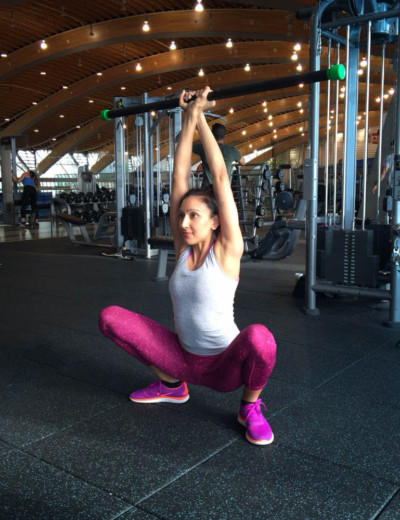 Many people raise the “red flag” when discussing compound lifts or involved techniques, citing risk of injury. Lets clarify this false statement. Injuries occur for the following reasons:
Many people raise the “red flag” when discussing compound lifts or involved techniques, citing risk of injury. Lets clarify this false statement. Injuries occur for the following reasons:
- not using proper technique during specific movement and/or,
- due to imbalances within the body, especially around joints of specific performed activities.
If you lift with good technique, the body produces force with minimal risk of injury. Potential for getting hurt occurs when you begin to sacrifice technique, in order to lift more weight or volume. Lets look at the following example. Let’s say that you are able to pull conventional deadlift with good form with 315 lbs (~ 142 kg) on the bar, using proper technique. You feel strong, and want to attempt the four plates aside bar (405 lbs , or ~182 kg) in same exercise session. Never doing 405 lbs before and jumping 90 lbs (~ 41 kg) in intensity setting is aggressive, which will undoubtedly change your lifting form, raising potential for injury. Your strength and fitness abilities as well as the technique has not yet been developed to pull 405 lbs.
Injuries do occur and even to the best athletes in any performance based sport. However, honing respective technique through proper training will minimize such potential and/or decrease the severity.
Learning Technique
Current research and best practices advocate that the earlier you begin to learn proper technique, the better. In many countries, complex movements like Olympic weightlifting of the snatch and, the clean and jerk are taught to young children, most in their pre-pubertal years. You don’t need intensity to understand movement and practice biomechanical motion patterns. This is why so many of novice or youth based training revolves around using broom sticks, pcv pipes and dowels. The purpose here is to begin the neural development and MU activation. Once technique has been understood and engaged, then overload can be strategically introduced.
What if you’re an adult, or elderly, is it too late to learn complex moves including Olympic lifts?
Not at all. Each pattern has an anatomical efficient pathway, and you are simply learning and developing the body’s ability to move and produce force in such manner. This can be done, at any age. For example: I began learning Olympic lifts (snatch and, clean and jerk) in my mid-thirties. Previously, I used poor technique by simply muscling up the bar into the clean or the overhead position. Since then, I consistently practice these lifts using proper pulls, catches and transitions—developing specific neural patterns. The result is that I am older, stronger and more powerful than my younger self.
Final Thoughts
Each movement pattern engages muscular, neural and connective tissues in synergy, coordinating the production of force against applied resistance. Technique is an anatomical functionality that produces greatest biomechanical efficiency, improving the desired skill sets, be it power, strength, speed, endurance, balance, coordination or agility.
The body adapts its systems to applied stress through either proper or poor form. By prioritizing technique, you train the body to efficiently use its biomechanics in producing force, improving performance, while minimizing chances for injury.
So, lift hard and lift smart. The bar will be there waiting for you.
We hoped you enjoyed this article, if so, please share it on your favourite social media so, we can get on google’s radar. Fell free to leave us a comment and start a discussion on the topic.
If you are looking to build strong, lean and beautiful shoulders be sure to check out our training books:


